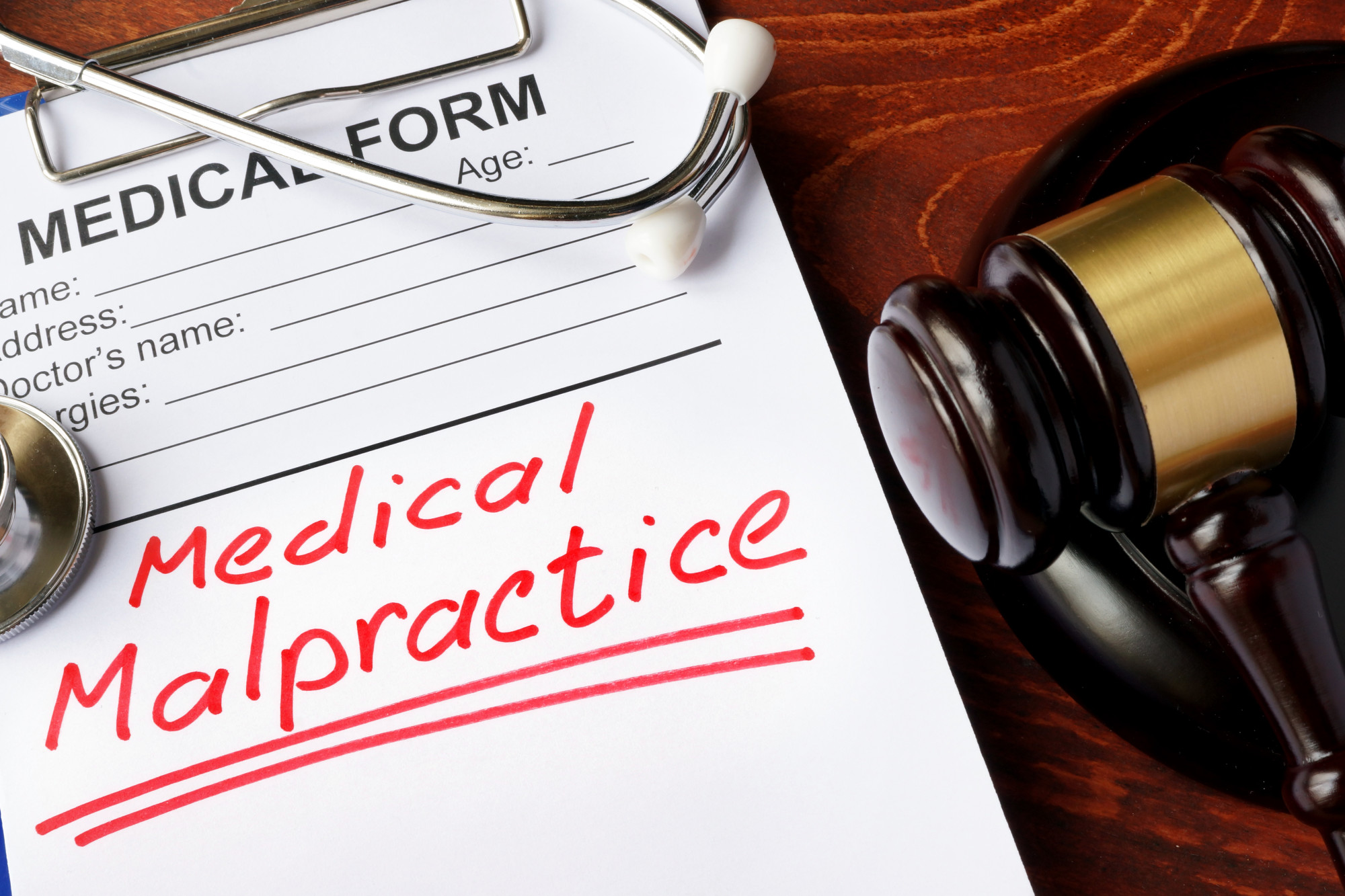Have you or someone you love been a victim of medical malpractice?
If so, you may have heard that you can recover your damages by taking legal action. Chances are, you might qualify to recover damages you didn’t even know about.
Keep reading to learn more about how damages work in a medical malpractice case and what to do if you think you have a case.
Types of Damages in a Medical Malpractice Case
In order to win a medical malpractice case, four elements must be present.
First, there must be a doctor-patient relationship establishing a duty of care. Second, the plaintiff must prove that the doctor failed to uphold their duty to adhere to the Standard of Care.
Third, the plaintiff must prove that the doctor’s negligence is what caused their injury. And fourth, the plaintiff must prove that they suffered damages.
Damages are often the most difficult element of medical malpractice cases because they can be subjective and hard to calculate.
What exactly are damages?
Damages are the quantifiable way to compensate a plaintiff for their injuries. Damages are expressed as a dollar figure. This figure is determined by what and how much the plaintiff lost because of the injuries.
General Damages
General damages are also referred to as non-economic damages. These damages express the amount of suffering the plaintiff endured.
These are the damages for pain and suffering. More broadly, this category includes compensation for:
- Loss of enjoyment of life
- Pain
- Disfigurement
- Mental anguish
- Aggravation of a pre-existing condition
This category can also include a claim for a family member of the plaintiff who has also endured suffering. These claims are commonly made by spouses or children of the injured. This type of claim is called “loss of consortium.”
People tend to think of this type of claim as relating to the loss of the ability to have sexual intercourse. While this is a common claim, it’s far from the only type of loss of consortium claim.
Anytime another person suffers as a result of the plaintiff’s injury, a loss of consortium claim can be considered.
Because general damages can’t easily be quantified, the plaintiff generally must provide evidence of their claims. This can include testimony from family, friends, doctors, actuaries, and even medical economists.
The defendant will provide their own experts in an effort to dispute these claims.
Lack of future earning capacity can also be included in this category because the claim is speculative. A loss of future earning capacity claim requires extrapolating data to predict future outcomes.
Special Damages
Special damages are often also referred to as economic damages. These damages are able to be objectively calculated. Damages in this category include:
- Lost income
- Lost earning capacity
- Medical bills
- Other financial losses
When it comes to lost income and lost earning capacity, your damages can include not only the earnings and benefits you’ve already lost but what you’re expected to lose in the future.
Punitive Damages
General and special damages are part of what is called “compensatory damages.” This means that they are designed to make the plaintiff whole again or compensate them for the harm that they suffered.
There is another type of damage that is unrelated to this figure. Punitive damages are essentially designed to punish a defendant. These are reserved for defendants who were grossly negligent, extremely reckless, or whose behavior was intentional or malicious.
The amount of punitive damages is determined by the jury but the judge has to approve the amount. Generally, judges won’t allow punitive damages in an amount greater than ten times the amount of compensatory damages. Certain jurisdictions do not allow punitive damages in medical malpractice cases.
Medical Malpractice Damage Caps
Many states have passed legislation that limits the number of damages a plaintiff can be awarded in a medical malpractice lawsuit. The amount of these caps vary by state.
Sometimes they include an exception or higher caps for certain cases that involve catastrophic harm or death.
In recent years, these types of laws are being struck down by higher courts. This is because laws like these can unconstitutionally restrict the plaintiff’s rights to a full legal remedy.
What if the Patient Dies?
Each state has its own laws regarding damages if the patient died as a result of medical malpractice. These are called wrongful death statutes and survivor statutes.
Wrongful Death Statutes
These laws are designed to compensate for a patient’s family for the money they will lose in the future. This calculation includes the patient’s salary but also their working, saving, and spending habits.
Generally, emotional damages are not included, but this has been changed recently in some states.
It depends on the state as to which family members can recover damages. Generally, the patient’s spouse and children can recover but the parents of an adult patient can’t.
Survival Statutes
These laws are designed to allow the patient’s estate or heirs to recover damages occurring between the initial malpractice to the patient’s death. In these cases, all types of damages allowed in a malpractice suit are allowed except for future damages.
Were You a Victim of Medical Malpractice?
If you think you may have been a victim of medical malpractice, you may have a medical malpractice case and may be able to recover your damages.
If you think you might have a case, you need an experienced medical malpractice attorney on your side. Your attorney will help you understand which kinds of damages you might qualify for.
If someone you love died as a result of medical malpractice, you might be able to recover under a wrongful death or survivor statute.
Contact us today to get started with a free consultation.
Posted in: Medical Malpractice

